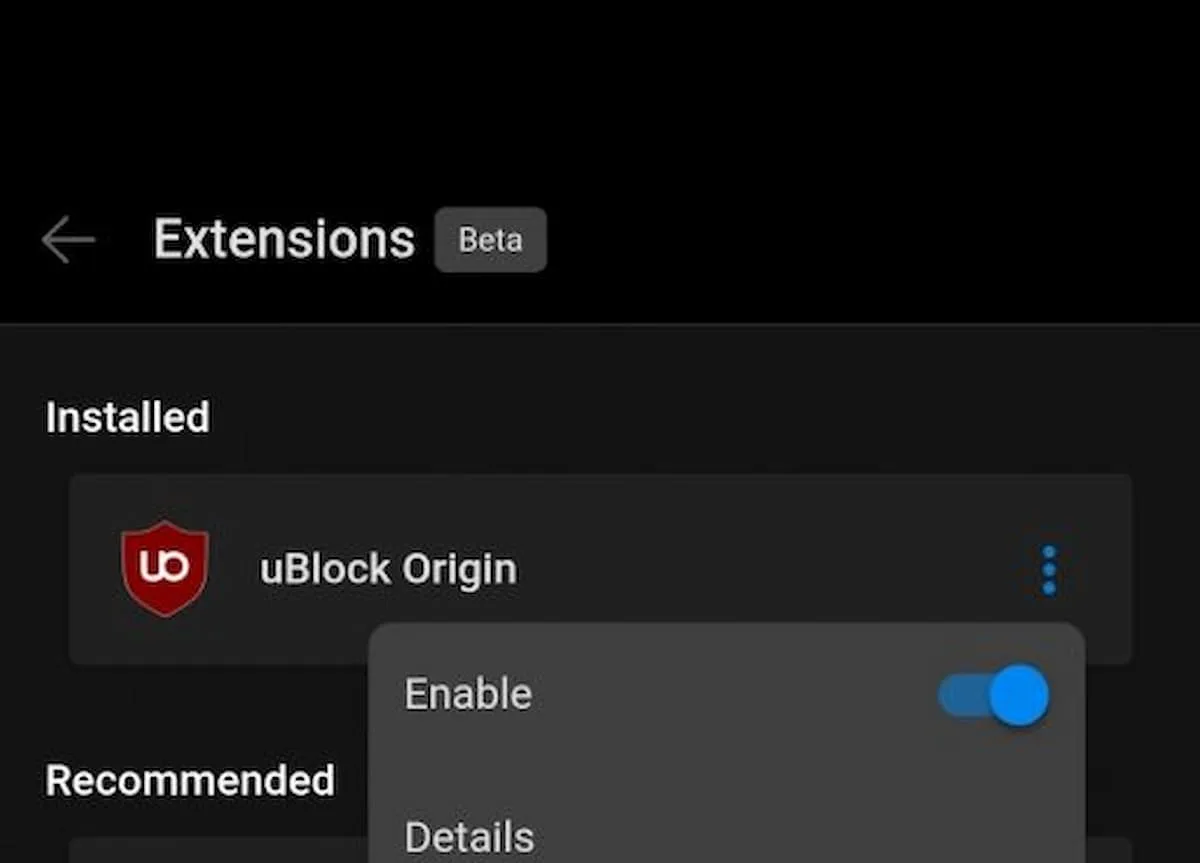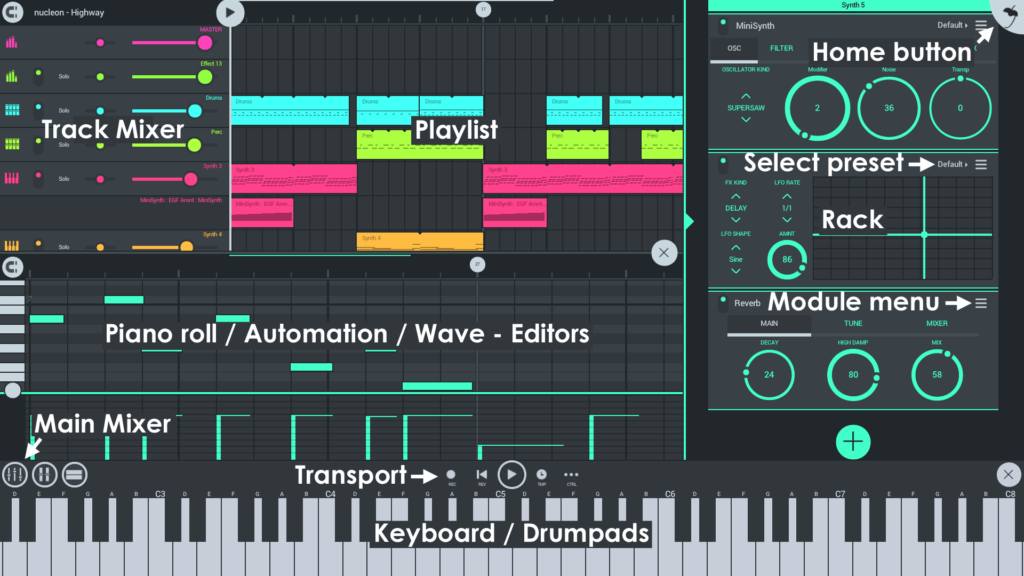Microsoft Edge has seen consistent updates, introducing a variety of exciting features over time. The most significant transformation happened when it switched to the Chromium engine a few years ago, establishing itself as a strong alternative in the browser market.
These innovations haven’t been limited to the desktop version on Windows but have extended to other platforms, including mobile devices. Recently, Edge received an update that introduced support for browser extensions on smartphones, a feature it implemented even before Google Chrome.
Edge for Android now has support for extensions

Support for extensions in Microsoft Edge on Android isn’t entirely new. Since early 2024, Microsoft had been experimenting with this feature in its developer versions, where it could be enabled using specific commands.
- Best ChatGPT Chrome Extensions
- How to Install Google Chrome Extensions
- What are the Disadvantages of Microsoft Edge
- VPN Extensions For Google Chrome
After numerous updates, bug fixes, and optimizations, Microsoft has now rolled out the feature in the stable version of the Edge app for Android. The best part? The functionality is enabled by default, so users don’t need to tinker with commands, flags, or settings—everything is ready to go out of the box.
What makes this development particularly noteworthy is that Microsoft has outpaced Google in this regard. As of now, Google Chrome doesn’t offer stable support for extensions on mobile devices, giving Edge a significant advantage.
While the range of available extensions is still limited, the list is expected to grow over time. This marks a major step forward for Edge, potentially persuading more users to shift from Chrome and diversify their browser preferences on mobile platforms. It’s a promising move that could help Edge challenge Chrome’s dominance in the mobile browsing space.










